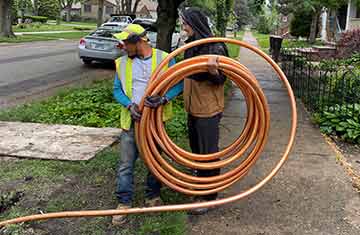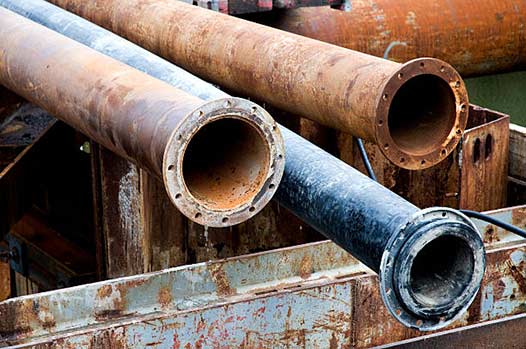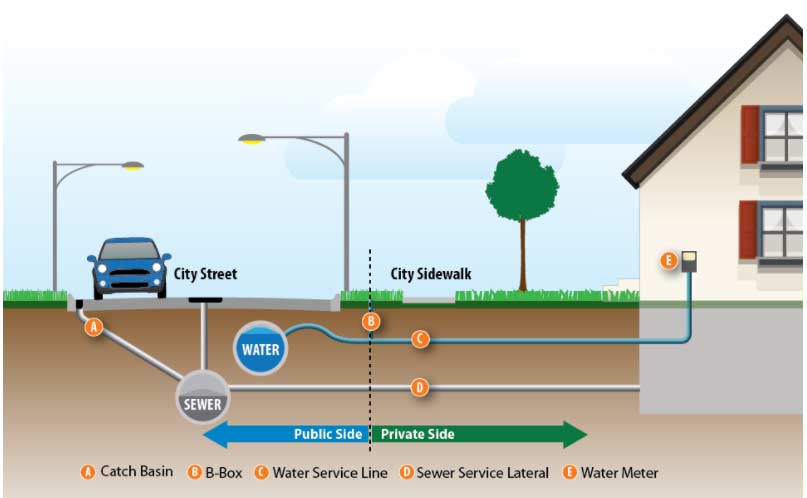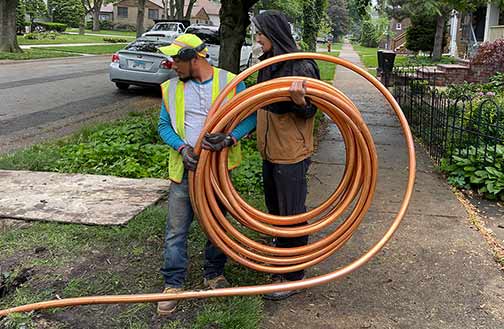Lead water lines in cities across the United States, including Chicago, pose a significant health risk to residents. With aging infrastructure and outdated plumbing systems, the presence of lead in drinking water has become a pressing concern. This article will explore the dangers of lead water lines in Chicago, the importance of their replacement, and the cost considerations involved.
Understanding the Hazards of Lead Contamination
Lead is a highly toxic metal that can have severe consequences on human health, particularly in young children and pregnant women. When lead pipes corrode, they can release lead particles into the drinking water supply. Ingesting lead-contaminated water over time can cause lead poisoning, which can lead to developmental delays, learning disabilities, and a range of other health problems.
The Prevalence of Lead Water Lines in Chicago
Chicago, like many older cities in the United States, has a significant number of lead water lines serving residential properties. These lead service lines were commonly installed before the dangers of lead were fully understood or regulated. It is estimated that around 400,000 properties in Chicago still have lead service lines, potentially putting thousands of residents at risk.
The Importance of Water Line Replacement
Given the serious health risks associated with lead-contaminated water, the replacement of lead water lines in Chicago is of utmost importance. The City of Chicago has taken steps to address this issue and has implemented a program to replace lead service lines. However, it is essential for property owners to understand their responsibilities and take immediate action to ensure the safety of their drinking water.

By eliminating the potential for lead contamination in the water supply, we can reduce the risk of lead poisoning and its associated health consequences.
The Process of Water Line Replacement
Lead water line replacement involves the removal of existing lead service lines and replacing them with safer materials, such as copper or high-density polyethylene (HDPE) pipes. The process typically requires coordination between the property owner, a licensed plumber, and the city’s water department. It is important to follow the specific guidelines and regulations set forth by the city to ensure a successful and compliant replacement.
The Cost Considerations of Water Line Replacement
The cost of lead water line replacement can vary depending on various factors, including the length of the service line, the type of material used for replacement, and any additional repairs or modifications required. While the responsibility of lead water line replacement falls on the property owner, the City of Chicago offers financial assistance programs to help alleviate some of the financial burden. It is advisable to explore these programs and consult with professionals to determine the cost implications and available options.
Health and Environmental Benefits of Lead Water Line Replacement
Replacing these water lines not only safeguards the health of residents but also benefits the environment. By eliminating the potential for lead contamination in the water supply, we can reduce the risk of lead poisoning and its associated health consequences. Moreover, the use of modern, non-toxic materials in water line replacements contributes to the overall improvement of water quality and sustainability.
In Conclusion
Lead water lines in Chicago pose significant health risks and must be promptly replaced. The dangers of lead contamination are well-known, and the City of Chicago is taking steps to address this issue. However, it is crucial for property owners to understand the importance of lead water line replacement and take action to protect the health of themselves and their families. While there may be cost considerations involved, financial assistance programs are available to help mitigate the financial burden. By prioritizing lead water line replacement, we can ensure safer, healthier drinking water for all residents of Chicago.
—
Interested in replacing your lead lines in Chicago? Contact us below:


